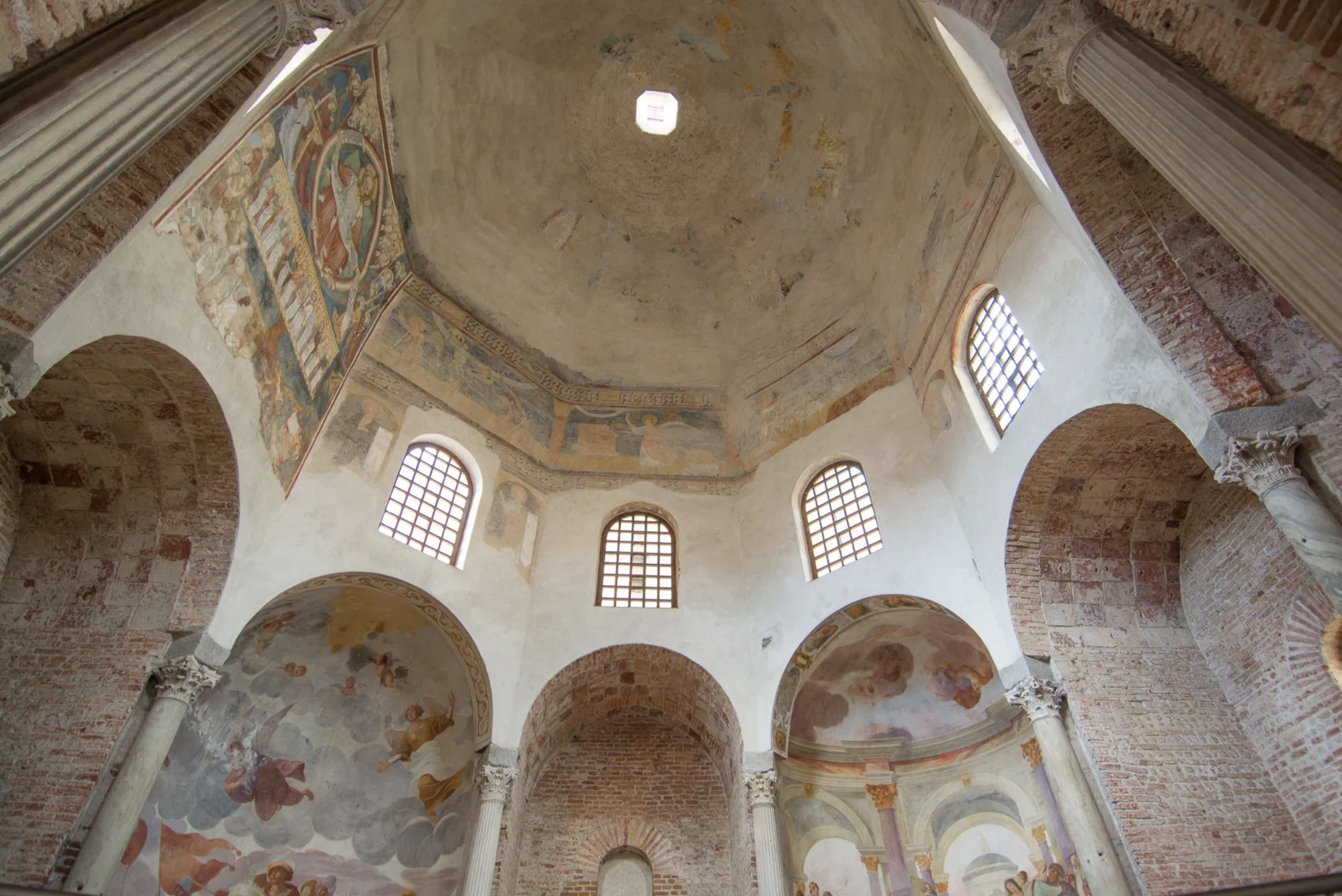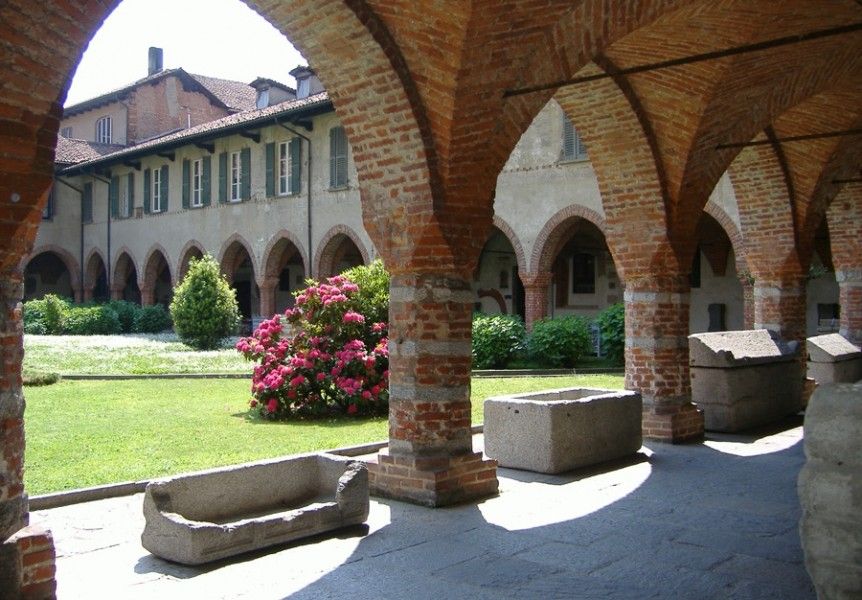Novara
Novara, a small town where Piedmont and Lombard culture meet, almost halfway. From this land they say that in the spring the sky is blue like the water of the rice pads in which it is reflected (Sebastiano Vassalli), while beyond the look, the snowy Alps inspire us. Art, nature, food and wine, the delights of the eyes and the palate. A slow life that follows the rhythms of the cobbled streets of the historic center in a continuous discovery.

Experience the highest emotion
The ascents to the Cupola continue.
To make the visit, reservations are required and you must contact::
ATL - Novara Local Tourist Agency
Bulwark Q. Sella n. 40
Telephone 0321394059
Fax +39 0321631063
Timetables
Monday to Friday: 9.00 - 13.00; 14.00 - 18.00
The Basilica
The Basilica has always been the center of the devotional life of the city: it houses the remains of St. Gaudenzio Santo Patron of the city. Built between 1577 and 1659, it houses valuable works, including the Last Judgment by Pier Francesco Mazzucchelli called Morazzone. The symbol of the city is its dome, built from 1840 on the design of Alessandro Antonelli. Made entirely of brick, with its height of 121 meters, it is a reference point for anyone traveling through any of the roads that cross the surrounding plain.


The Cathedral
Built between 1864 and 1869, by Alessandro Antonelli, stands on the former Romanesque building, of which precious testimonies remain in the bell tower and in the mosaic floor of the presbytery. Inside, there are important works of art including the Santa Caterina Sposalizio and the Last Supper by Gaudenzio Ferrari of the 16th century. Noteworthy is the chapel of San Siro with frescoes of the XII century and the Sacristy of the Lynx which houses the frescoes made by Bernardino Lanino in the 16th century detached from the chapel of St. Joseph.
The Baptistery
The Baptistery is the oldest Christian monument in Novara. Founded between the end of the 4th and the beginning of the 5th century, according to tradition by the will of St. Gaudenzio, was then elevated in the eleventh century. Inside there is a precious cycle of frescoes made in the 11th century, representing the Cycle of Apocalypse. In the middle of the original basin, a Roman building made of cylindrical stone was used as a container of water for the baptismal celebration of the baptism. It is a funerary dating back to the II century, carrying a sign of dedication to a certain Umbrella Polla.


The Cloister of the Canonica
Founded within four centuries, from the year 1000 to the 14th century, it houses the Treasury Museum of the Cathedral. The “Cathedral Treasury Museum” was born from the 1960s when Don Angelo Luigi Stoppa began collecting and arranging sacred artwork from the parishes of the diocese. The museum contains stone finds, terracotta statuary groups, relics, sacred vestments, liturgical furnishings and splendid medieval illuminated codes from the Capitoline Archives of Santa Maria. Of particular interest is the collection of pots of Magna Grecia, the Dictator Eburneo and the Relief of the Ship.
The Broletto
The complex of Broletto, that is the pole of civil power in the communal age, is made up of four buildings that were erected at different times. To the north the palace of the Arengo, decorated by a pictorial frieze made between 1240 and 1260, called the Fregio of the Knights. Noteworthy is the palace of the Podestà, an example of Gothic-Lombard architecture. Inside, Broletto hosts the Gallery of Modern and Contemporary Art Paolo and Adele Giannoni. The prestigious collection consists of hundreds of paintings and works of immense value, of internationally renowned artists such as Fattori, Nomellini, Induno, Viani and many others.




